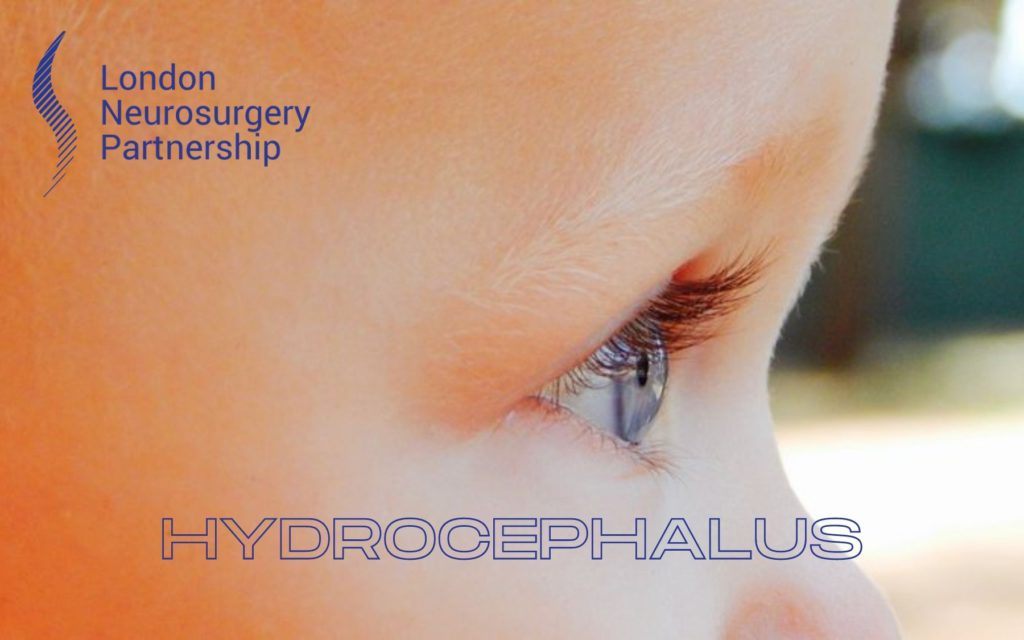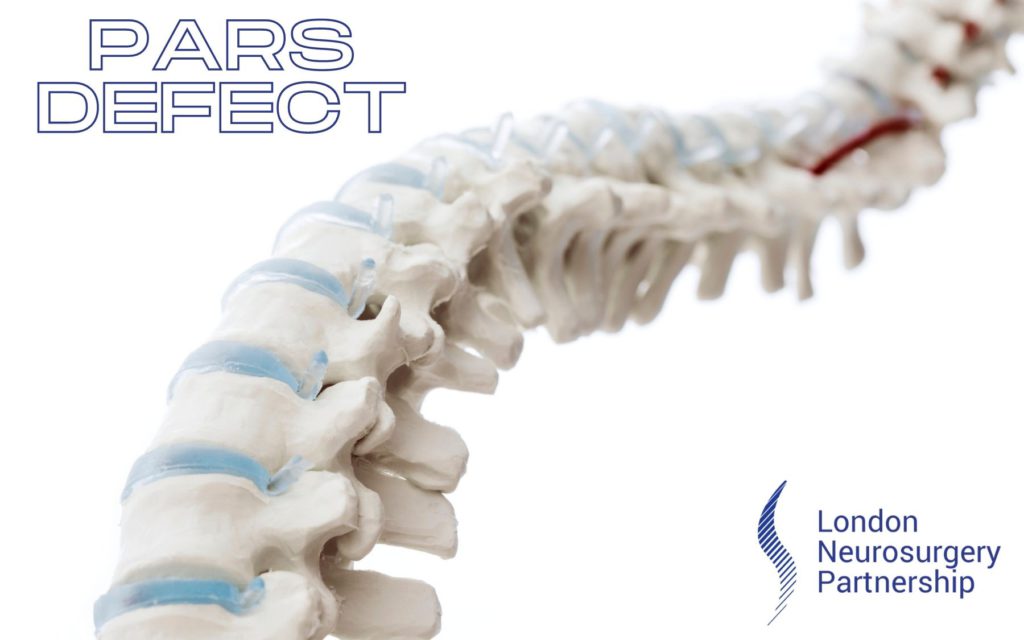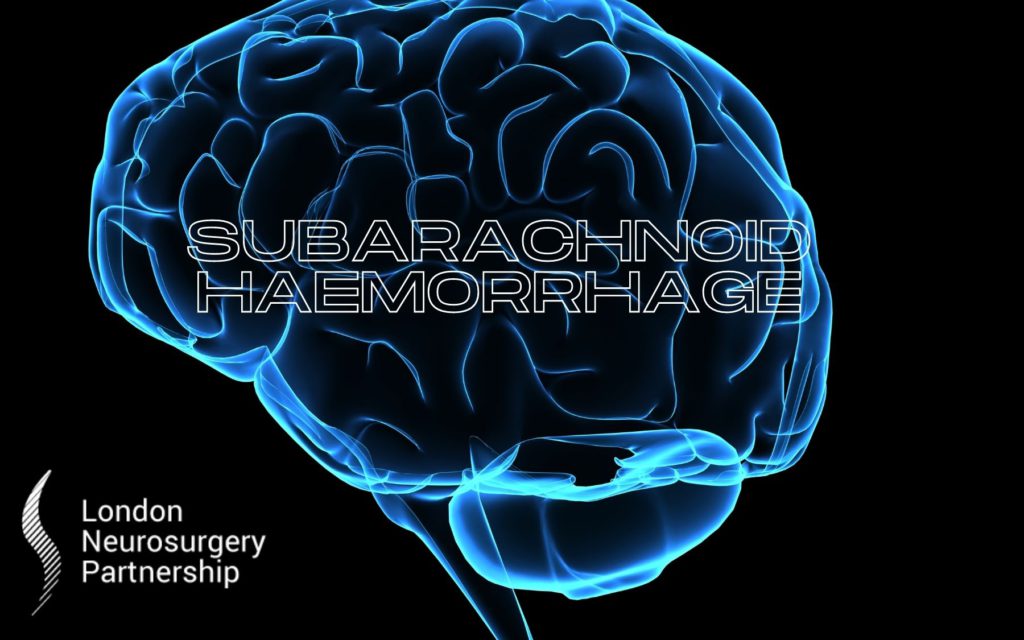
Hydrocephalus in its most literal sense means water on the brain. It affects 1-1.5% of the population. The brain and spinal cord are surrounded by cerebrospinal fluid (CSF). This fluid acts as a shock absorber, protecting the brain and spinal cord, as well as supplying nutrients to the brain. There are cavities in the brain called ventricles which also contain CSF.
An adult brain produces approximately 500ml of CSF per day but the brain only has capacity for about 125ml. The fluid is in a constant cycle of production, circulation and reabsorption into the blood. Usually, the brain keeps the balance of production and reabsorption of fluid so that there is a constant amount of fluid around the brain and spinal cord. Anything that disrupts this balance can cause too much fluid to be around the brain and this is known as hydrocephalus.
Hydrocephalus generally occurs if any one of the follow happens:
- Too much fluid is produced
- The circulation of fluid is blocked
- Not enough fluid is reabsorbed
What causes hydrocephalus?
There are several possible causes including:
- Congenital – the child was born with hydrocephalus. This includes Chiari I and II malformation, Spina Bifida (often children with Spina Bifida will develop hydrocephalus), Dandy Walker Syndrome, aqueduct stenosis, rare X-linked disorders.
- Acquired – develop after birth as a result of other factors including bleeding on the brain (linked with prematurity and intraventricular haemorrhage), tumours (colloid cyst, posterior fossa tumour, spinal tumour), infection (often as a consequence of meningitis).
Investigation and diagnosis: During the antenatal period the diagnosis can be made from an ultrasound scan of the baby whilst still in the womb. In all other patients a CT scan is mandatory and most patients will also have an MRI scan of the brain and spine.
Symptoms: The symptoms are partially linked to age:
- In young children and babies, the child’s head may enlarge more so than the face, they may be irritable with poor head control, the veins on the scalp may be enlarged and they may develop the sun-setting sign (eyes tend to be looking downwards).
- Older children and adults may develop a headache, nausea, vomiting and may become drowsy.
How can we treat hydrocephalus?
If left untreated hydrocephalus can cause the child’s head to enlarge, the pressure on the brain to build up, it will interfere with development and may even, in severe cases, result in permanent brain damage. The treatment does depend on the cause of the hydrocephalus. For example, if it is caused by a brain tumour blocking the ventricles containing the CSF then removing the tumour may be the best treatment.
However, most patients with symptomatic hydrocephalus require a CSF diversion procedure. There are two options here; to reroute the fluid from the head to another body part or reroute to fluid flow in the brain.
- Shunts: A shunt diverts fluid from the brain to another area of the body. Most commonly a tube is inserted into the ventricle this then attaches to a valve and runs into the abdomen. When the fluid volume in the brain increases the valve opens and fluid drains away, leaving the brain at normal pressure. There are different types of shunt available.
- Endoscopic third ventriculostomy: In some (but not all) cases fluid can be rerouted within the brain without need for a shunt. During this procedure a new hole is made within the ventricle to bypass the obstruction causing the hydrocephalus and allow the free flowing of fluid around the brain. Whilst only certain patients are suitable for the procedure the general consensus is that third ventriculostomy has revolutionised the treatment of hydrocephalus for these patients.
As with any surgical procedure these do carry risks and it is always important to discuss these prior to any decisions.
Hydrocephalus is a relatively common and often complex problem to treat with treatments constantly improving with technological developments. The best management is, generally, with a team who specialise in the treatment of hydrocephalus.
This article is intended to inform and give insight but not treat, diagnose or replace the advice of a doctor. Always seek medical advice with any questions regarding a medical condition.
Back to brain conditions.





0 Comments